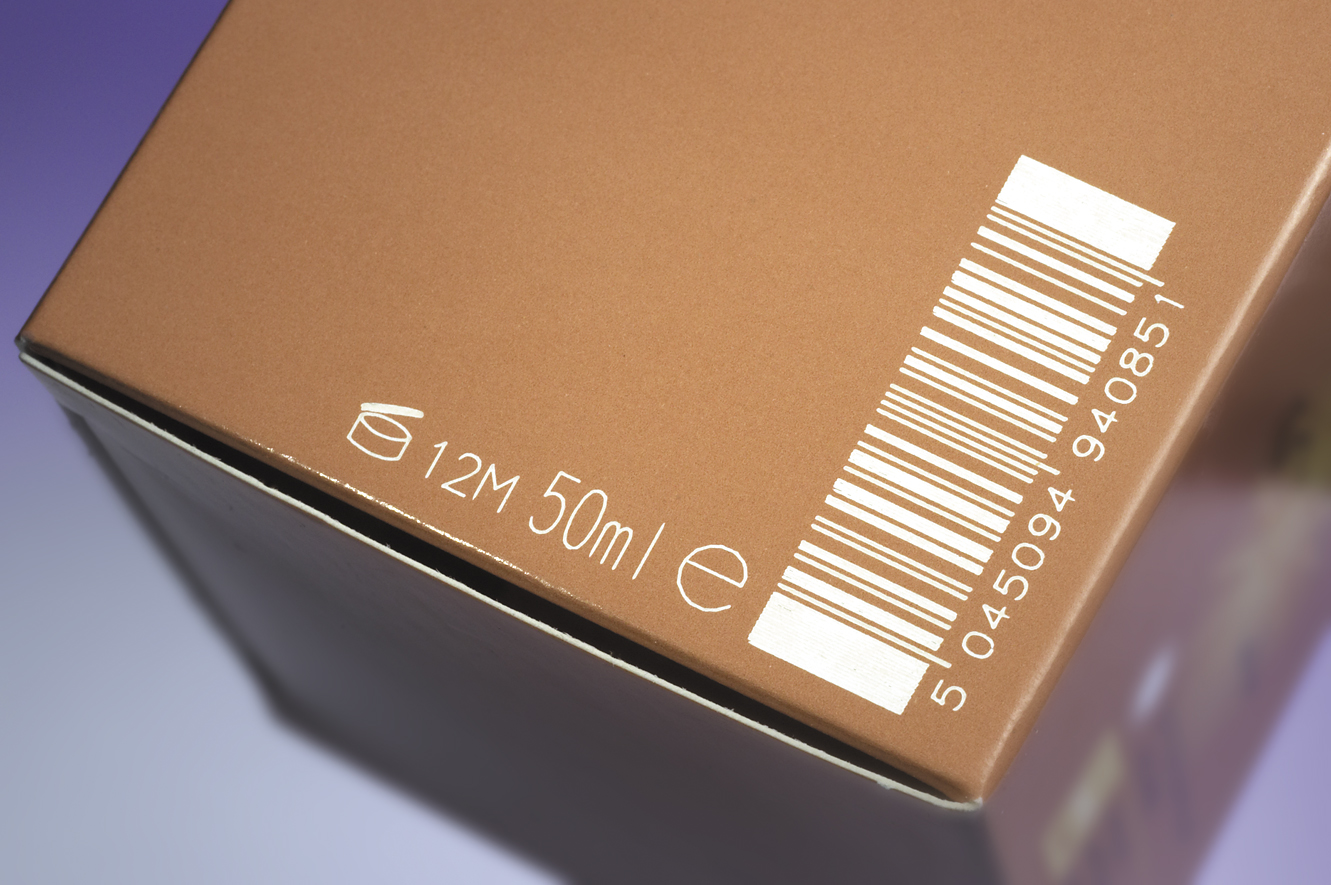Printing on Packaging
Packaging Printing Solutions
Whether you are looking to code and mark primary or secondary packaging, our packaging printing machines enable you to code virtually anywhere on your box or carton, in any orientation and easily code onto card, paper and a wide range of other substrates.
Applicable to all industries, our packaging printers provide ideal solutions for durable and high-quality coding and marking without the need to use expensive labels or pre-printed packaging. By printing directly onto the inner and outer packaging, you avoid the need to have stacks of pre-printed packaging or labels and the risk of them becoming out of date or out of stock. You also remove the need for storage, handling and applying the information you require, which in turn can save you high costs.
Primary, Secondary and Tertiary Packaging
All industrial packaging can be split into three categories: primary, secondary and tertiary packaging.
Primary packaging holds and protects the actual product and has the most direct contact with the product. Apart from protection of the inside, primary packaging is what customers see on the retail shelf, therefore it needs to be designed to catch consumers’ eyes as well as provide essential, regulatory information. Primary packaging can be made of multiple substrates, such as:
- Glass
- Plastic
- Aluminium
- Cardboard, etc
Or be in various shapes or forms:
- Bottles
- Cans
- Pouches, etc
Secondary packaging protects and contains products in primary packaging and may be seen by consumers. This is usually classed as outer packaging and holds a bundle of products, for example:
- Outer cardboard boxes
- Cases
- Cartons, etc
Tertiary packaging is mostly used for protection during the transport and warehousing of the products. Any printed information on tertiary packaging is for identification only and hardly visible to the consumer. Tertiary packaging includes:
- Pallets
- Pallet wrap
- Shrink wraps, etc.
What is Packaging Coding
Any information and code types that have to be visible on primary packaging are usually regulated by the legislation of the specific country to which the products are sold to. It is imperative to understand what is required for a particular product and market. The purpose of these codes is to provide information to the consumer and identification of the product. Coding on secondary packaging is usually for product identification and traceability, whilst tertiary packaging printing has, if any, coding and marking for identification purposes.
Printer Types for Packaging
Continuous Inkjet
Our packaging printers offer easy integration onto your existing production lines and can be quickly moved to wherever you need them. Linx packaging printers support a full range of code formats including text, batch and number sequences, calculated dates, and even graphics and logos, maximising the coding options with an intuitive interface.
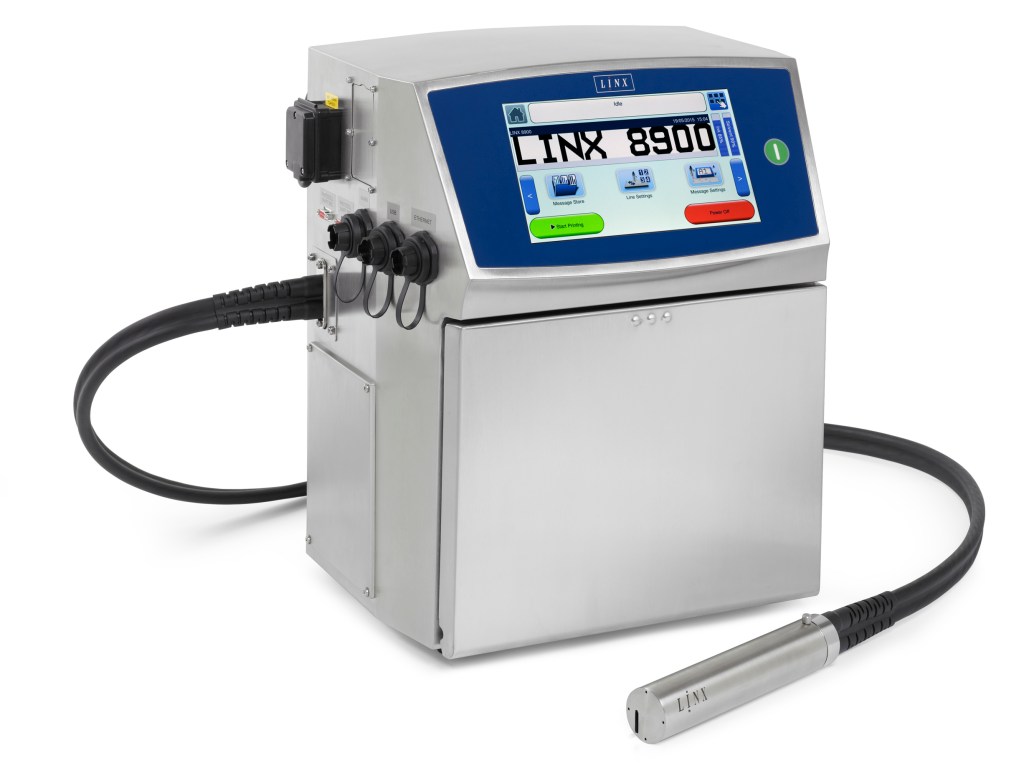
Linx CIJ printers reduce ongoing costs by efficiently using inks and solvents and are designed to be durable and reliable, meeting the highest standards of coding quality.
- Durable, high-quality multi-line coding
- Wide range of inks to keep your codes in place on nearly any substrate
- Can withstand harsh production environments
- Range of inks for specialist marking, e.g. food grade, invisible/UV coding
- Optional IP protection for harsh environments
- Ideal for primary packaging coding
Laser Coders

Laser printers are ideal for permanent coding and provide a low operating cost product marking solution. Linx laser coding machines are designed for use in challenging, high-speed production environments while ensuring industry-leading text and code quality.
- Permanent marking capability
- Low operating costs – no need for consumables
- High-quality coding even on the fast line speeds
- Ideal for primary packaging coding and marking
Large Character Marking Printer
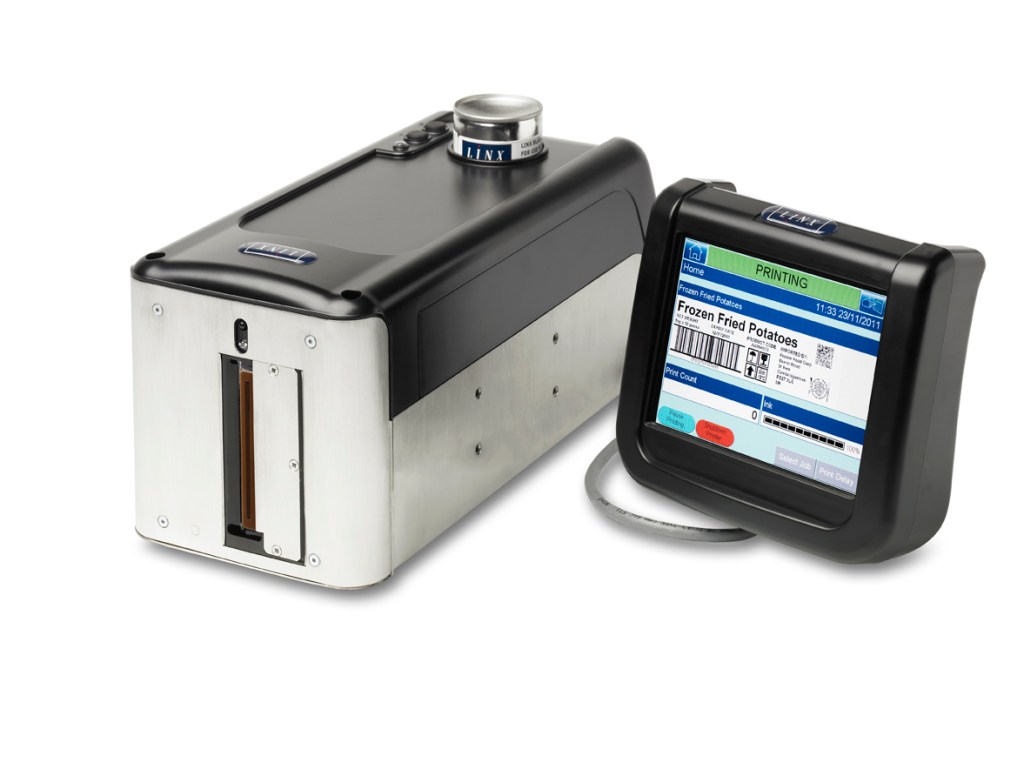
Our large character marking (LCM), industrial printers and case coders offer a cost-effective alternative to labels and pre-printed boxes and are ideal for secondary packaging coding and marking.
- Ability to print text, logos and graphics onto porous substrates such as paper, card and wood
- Reduce the cost of labels, waste and disposal of backing paper as well as storage space needed
- Using inkjet technology (IJ) for high-resolution, quality coding
- Ideal for secondary packaging printing
Box & Case Coders
Print high-quality text, barcodes and logos onto your cardboard boxes, cases and cartons. Apply legible, accurate codes onto your secondary packaging to ensure effective traceability. All of our packaging coders are designed for long intervals between services, keeping running costs and downtime to a minimum and reducing waste by replacing labels or pre-printed boxes.
- Print high-resolution inkjet codes directly onto Boxes and Cases
- High-quality coding for a variety of substrates
- Economical cost per code solution with simple installation and easy operation
Request a Print Sample
See what your code will look like on packaging.
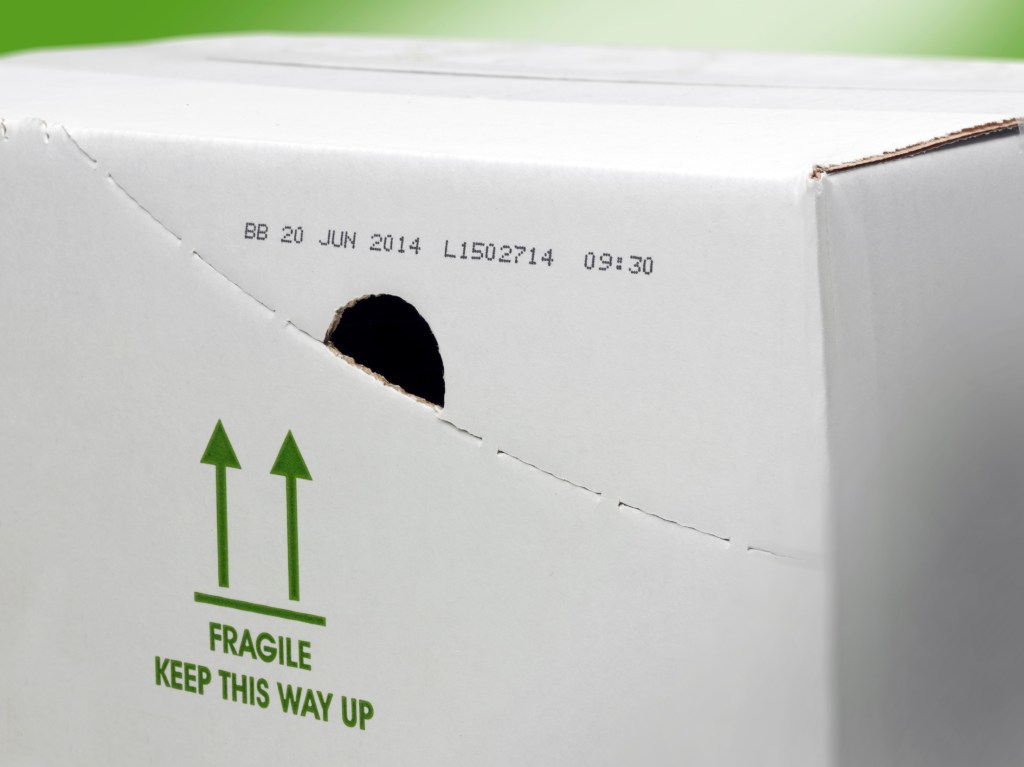
To find out more information and to request your samples with no obligation, click the button below.
How to Replace Expensive Labels with Outer Packaging Printer
Watch this video to find out how Linx Printing IJ and LCM systems can help you reduce cost waste and storage of expensive labels used for coding on the outer packaging.
And if you contact us today, and tell us how many labels you are using, we can provide you with a quick comparison between the cost of labels and using a coder.
Related Industries
Crucial to the performance and operation of our technologies, we recommend you only use Linx-approved inks and fluids in your Linx Continuous Inkjet, thermal Inkjet or Large Character coding equipment for printing on glass

Food Industry
Printers for paper labels, cardboard and plastic food packaging, bottles, and even directly onto food products themselves such as eggs or cheese.
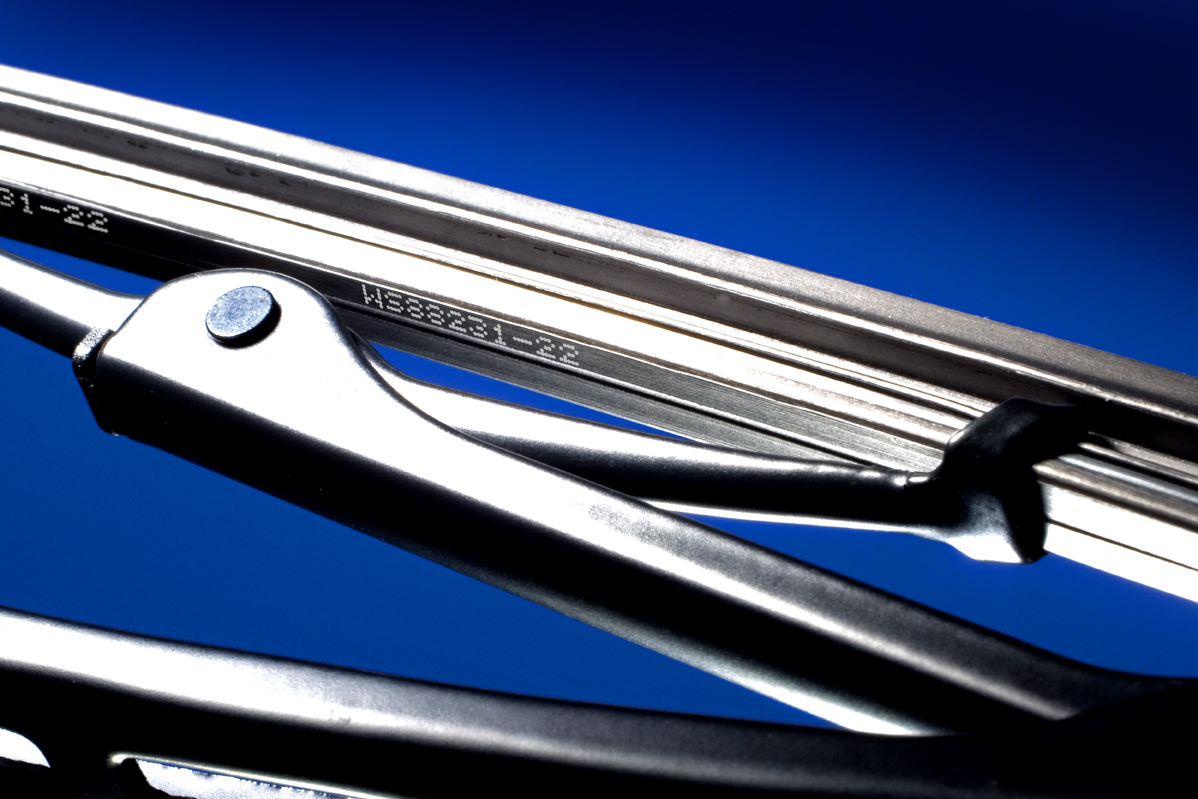
Automotive
A modern vehicle contains thousands of individual components, each of which may need a specific part number.
Working with Linx
Why not speak to one of our sales team about your particular needs in metal marking?
Call us, chat with us or simply fill in the form with your details and we will get back to you. Tell us what substrate you are using or products you are coding onto and how does your process currently look like and we will help you choose the best solution tailored to your needs. And we will tell you how much you will save too!
Resources

Beavertown Brewery Case Study

LMA Services Case Study

Linx Contrasting Inks Datasheet
Our team of experts can advise you on the best solution tailored to your needs and production facility. Contact us today to arrange a site visit or a call. We will also discuss the best financing options for you.
The cost of investment depends on the technology chosen, the number of printers required and the complexity of installation. All the costs will be detailed in a non-obligatory quote. Contact us and we will be able to tailor the best solution for you as well as advise on different financing options we offer, i.e. leasing.
We offer a range of service and maintenance contracts and we have a team of engineers available in the UK. Depending on your package, our engineers could attend your site the same day, and with our PrinterNet software, a lot of breakdowns can be prevented and/or fixed without having to attend on-site.
Our CIJ and IJ printers can be easily moved between production lines and conveyor belts. With laser coders you have to make sure the guarding and safety equipment are also moved. A series of beam delivery options offers safe and easy manoeuvrability into tight spaces, while a simple ‘plug ‘n’ play’ configuration means you can integrate Linx lasers into your existing set-up with minimal disruption to existing workflows. Equipped with a Beam Turning Unit, Linx lasers can be adjusted to code and mark at multiple angles.
There are three types of packaging, primary, secondary and tertiary. Primary packaging is what holds and protects the actual products and has the most direct contact with. Secondary packaging protects and contains products in the primary packaging and possibly seen by consumers. Tertiary packaging is used for protection during the transport of the products. We have technology that’ll print various codes, patterns and logo’s on any of the three packaging stages mentioned.

